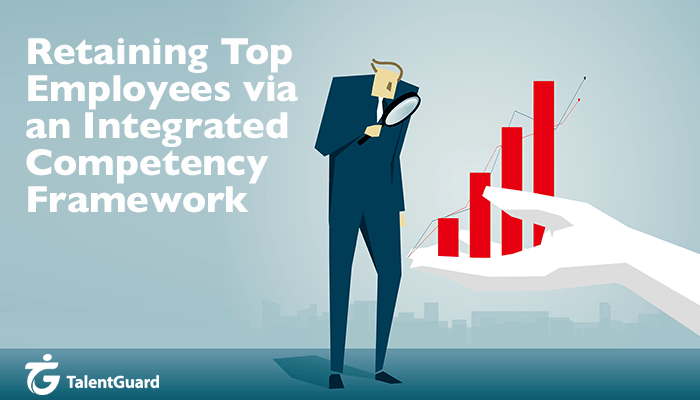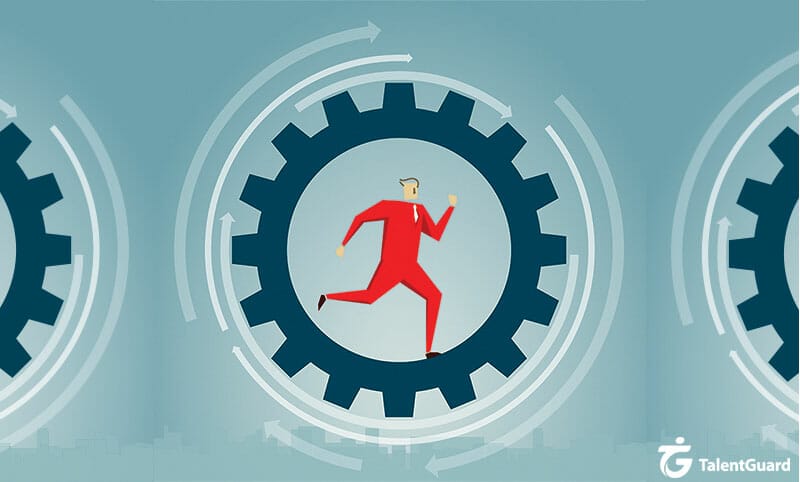Retaining Talented Employees via an Integrated Competency Framework

Retain top talent by using an integrated competency framework that aligns employee development with organizational goals and performance.
Employee retention is one of the largest problems facing companies today. Every organization has its own way of handling the issue, from competitive compensation packages and flexible schedules to interior promotions and regular evaluations. Goals like improved retention, however, are always easiest to meet once they are clearly stated. What does “improved” employee retention look like for your organization, and how will you know once you’ve hit your mark?
Clearly stated goals based on and regularly measured against firm data are your best bet for true progress. If your company’s overall goal is to improve employee retention by 75% within three years, then leadership should be made explicitly aware of this goal. Managers and executives can then gather the data on employee turnover on a regular basis and analyze it against that goal and timeframe.
An integrated competency framework will go a long way toward gathering this data, because it offers upper level managers the opportunity to view the company as a whole, which means overall trends in retention and turnover are quickly spotted. Competency data also makes it easier to determine in which areas an employee or team may need additional training, which means employees get the mentoring and skills training they need to continually improve. This keeps motivation high and decreases any frustration stemming from poor performance. It also enables managers to make quick decisions about where to allocate learning resources, which leads to reduced training costs and increased profitability.
Even better, such a framework also has been shown to improve employee satisfaction – a key factor for retention – because employees are made aware from the very beginning which behaviors and skills are needed to excel in a particular position. By identifying individual and group strengths and weaknesses quickly, we can recognize and reward high talent and excellent performance on a continual basis – not just annually. Such regular recognition keeps motivation levels high, which also improves retention.
In short, if your organization is going to get serious about keeping its employees motivated and within your company’s ranks, you’ll need to set data-based goals with clearly defined outcomes. An integrated competency framework is your best shot.
For more information on how an integrated competency framework can benefit your organization, please view our Competency Management Platform page.
See a preview of TalentGuard’s platform
Addressing Skill Shortages in the Workplace
We have all heard the old adage, “You’re only as strong as your weakest link.” This is particularly true in business. If we want a strong, efficient, and productive company, we must ensure we have strong, efficient, and productive people, but how do we do that? An integrated competency framework that can assist with successful […]
Career Path Development Journey Starts Here
Your career path development journey starts here. A common reason an employee will leave for a competitor is lack of career progress. An explanation for this fact is that employees desire to be a part of something that will inspire them to think about a destination ahead. Just the simple thought of progress toward that destination will spark […]
Why Your Company Needs a Succession Plan
Why Your Company Needs a Succession Plan Take a moment and think about your key personnel: your CEO, CFO, COO, controller, executive director, general manager, payroll manager, etc. Imagine them and their roles in your company. Now, imagine they suddenly disappeared. Could your company survive? If the thought experiment above threw you into a panic, […]



